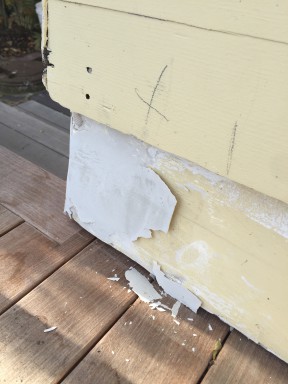Just about every company in the trades touts their warranty. Let’s put aside the question of how many companies actually honor their warranties, because we hear our share of horror stories about unethical contractors. Instead let’s look at who benefits from a ‘real’ warranty.
I suspect most warranties are simply another checklist on the marketing to-dos, along with ‘free estimates’ and ‘licensed and insured’. But when taken seriously, a warranty call back offers the customer peace of mind and helps reinforce the impression that the contractor can be trusted to stand behind his or her work – this in turn makes the customer more likely to refer the contractor to others.
I would argue that warranties serve the contractor even more than the customer; a call back is an opportunity to find out what went wrong. We take pride in keeping up to date with tools, techniques and products but sometimes things don’t work as expected and without the call back we don’t have the opportunity to discover failures.
Case in point, this photo of a home in Newton shows casual application of an epoxy patch to a clapboard corner with insufficient preparation; the patch is lifting off the painted clapboard. There are a multitude of errors here…
 First, the epoxy failureFirst, the epoxy looks like Bondo, an automotive grade epoxy designed for use on steel, not wood. Wood contracts and expands with temperature and humidity changes, unlike steel which is stiff and unyielding by comparison.
First, the epoxy failureFirst, the epoxy looks like Bondo, an automotive grade epoxy designed for use on steel, not wood. Wood contracts and expands with temperature and humidity changes, unlike steel which is stiff and unyielding by comparison.
Second, if the patch was installed to fill a hole, the excess product should have been removed, not smoothed or feathered across the substrate.
Finally, if you are going to apply a product across a substrate, at least prep it first to create tooth or profile and so increase the bond between the materials; this will prevent the delamination visible here.
I’m relieved to say this is not one of our warranty items, but an issue we discovered on a new project. Resolution is simple; we’ll remove the offending material completely by scraping and sanding. If the outside joint requires repair we’ll use an epoxy designed for use on wood and properly prepare the substrate before applying the filler. If the patch was designed to glue the outside corner we’ll actually not use a patch but instead apply a bead of elastomeric caulking before touching up the paint.
Cacthlight Painting is Boston painting company. We welcome your comments, critical and supportive!



